The NFL Scouting Combine is the model of what has been desired by all professional sports leagues in America — an important part of making the game of year-round vital interest to its fans.
No league has ever been as powerful or prominent as the NFL, nor has any ever done as good a job of making the offseason matter.
The Combine is the perfect example of that.
It has full coverage by the NFL Network, ESPN, NFL.com and the websites and social media platforms of each participating team. One cannot escape it, and if one is a football fan, you do not want to.
Virtually every player dubbed a top prospect is measured, weighed, prodded, examined and interviewed not just by all 32 teams, but by as wide an array of media members as exists outside of the Super Bowl itself. And if one represents a media entity that prides itself on top coverage of a team or the league, that entity absolutely has to attend or risk being labeled as second class not just by its audience but by its peers and competitors.
This creates a beautiful situation for the NFL.
But it was not always so.
Scouting has always been important, but back in 1960, the Denver Broncos and first general manager Dean Griffing drafted their players primarily on the basis of write-ups in "Street & Smith's College Football," a prominent magazine devoted to the college game.
At about that time, most teams had their assistant coaches do some scouting after the regular season ended, but this was a sporadic situation just one step up from what those early Broncos did.
It was recent Pro Football Hall of Fame inductee Gil Brandt of the Dallas Cowboys who became the father of modern scouting by expanding staffs and budgets in an effort to look at as many layers as possible, all of them theoretically, even signing as a free agent All-American basketball player Cornell Green, who became a five-time Pro Bowl player for the Cowboys despite never having played football at Utah State.
Cornell went on to become a great scout first for the Cowboys and later for the Broncos, respected and beloved by all.
When I joined the Broncos in 1978 the combine was still a decade away from existing in its current form.
There were efforts to evaluate payers, to be sure, but not all in one place and certainly not anything that the media or public relations people spent any effort to follow.
But largely due to the efforts of the Cowboys prodding the NFL Competition Committee, it was finally decided in the mid-1980s that one location for all of this was best, and they thought somewhere in the center of America was best for travel costs of all players and team staffs, so it was situated in Indianapolis starting in 1987.
This was a great boon to teams and of course to future players as well.
But at first very few media members attended, and those were writers whose organizations trusted them with both travel schedule and budget.
Of course, their results were public in print, and gradually — in naturally competitive business — the numbers of attendees grew, as did team public relations people who went as much to schmooze the national press as to accompany our own coaches and personnel people.
Then came the NFL Network, heavily pushed by Broncos owner Pat Bowlen, and instead of cameras (and on-site media) being prohibited, the Network began a series of six hour-long shows to recap the day's events. That began in 2004 and nothing has been the same since.
It has been great for the networks and media, but even better for the NFL in the constant goal of providing year-round content for hungry fans.
One hand feeds the other, and the appetite has proven ravenous.
In 2019, ESPN also began to provide live coverage from the Combine, including daily broadcasts from Indy, and now every NFL writer and publication attends, to say nothing of the cavalcade of social media staff members.
And that is where we are today.
The Denver Broncos website, via both articles and social media forums, provides vast coverage of all things football, and the newspapers and television stations can barely keep up with the Broncos, who are not alone in this aggressive endeavor.
Virtually all 32 teams have similar coverage, and of course the NFL Network prides itself in topping everyone.
Whereas once upon a time the press had to hustle to try and interview a coach or general manager (who sometimes was unwilling to participate), now NFL and team public relations staffs set up and publicize a full schedule of interviews for top executives, and virtually all players are also made available.
Of course, some of these interviews are at conflicting times, which puts more pressure on the media entities to capture it all but is a gold mine of exposure for the NFL and its 32 teams.
One can just check online for photos of the media setup now in Indianapolis, and the scope of it is so large that one has to remind oneself that this is the offseason — in fact, the league year has not even started yet!
When the new league year begins, there will be a landslide of player signings and reports on everything free-agency related, and then there will be the draft itself.
But meanwhile there is the Combine, which exists today as a far cry from scouting and reporting on players from the pages of a magazine.
Take a look back through the years at photos from Broncos players from the offensive side of the ball from their days at the NFL Scouting Combine.
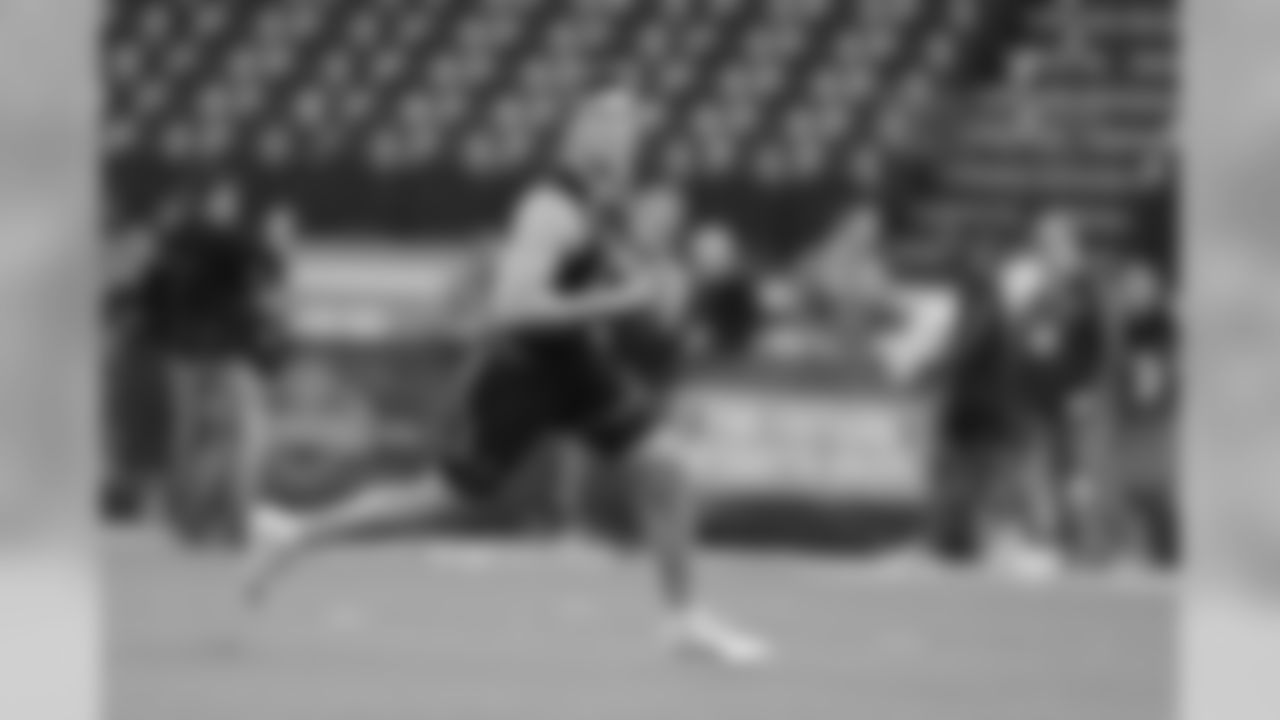
Missouri quarterback Drew Lock runs a drill during the NFL football scouting combine, Saturday, March 2, 2019, in Indianapolis. (AP Photo/Darron Cummings)

Missouri quarterback Drew Lock runs the 40-yard dash at the NFL football scouting combine in Indianapolis, Saturday, March 2, 2019. (AP Photo/Michael Conroy)
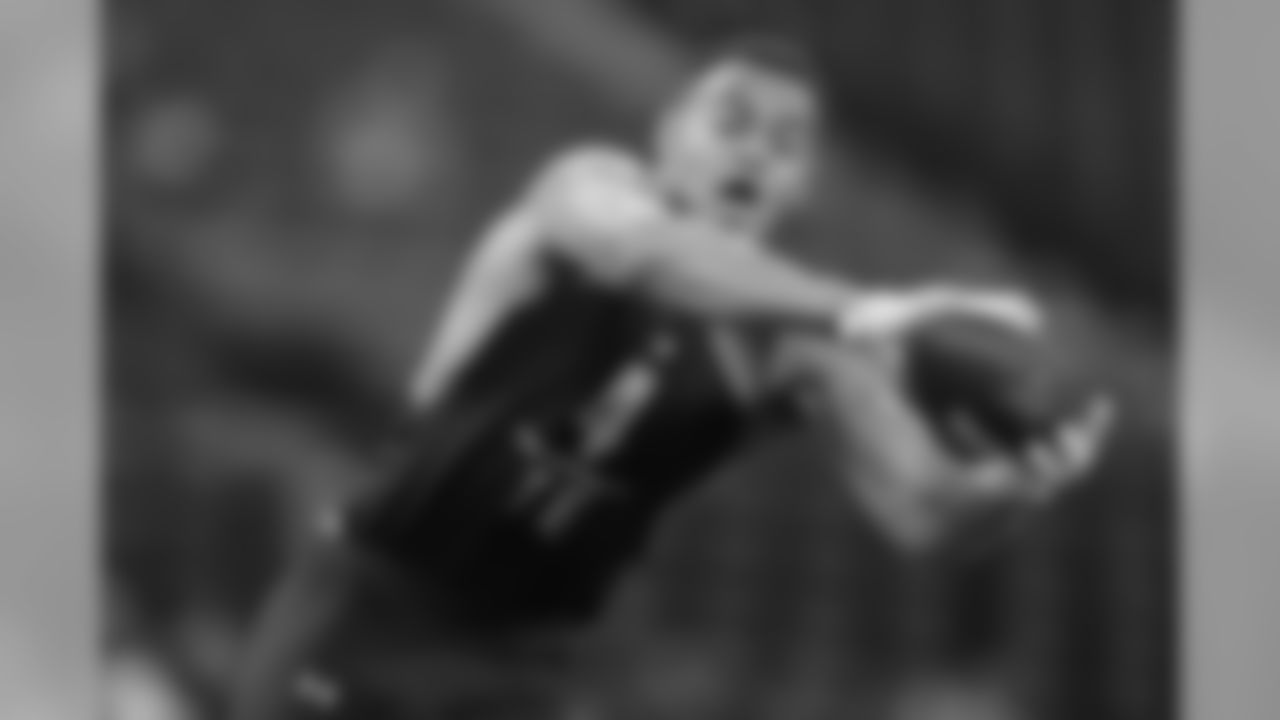
Iowa tight end Noah Fant runs a drill at the NFL football scouting combine in Indianapolis, Saturday, March 2, 2019. (AP Photo/Michael Conroy)
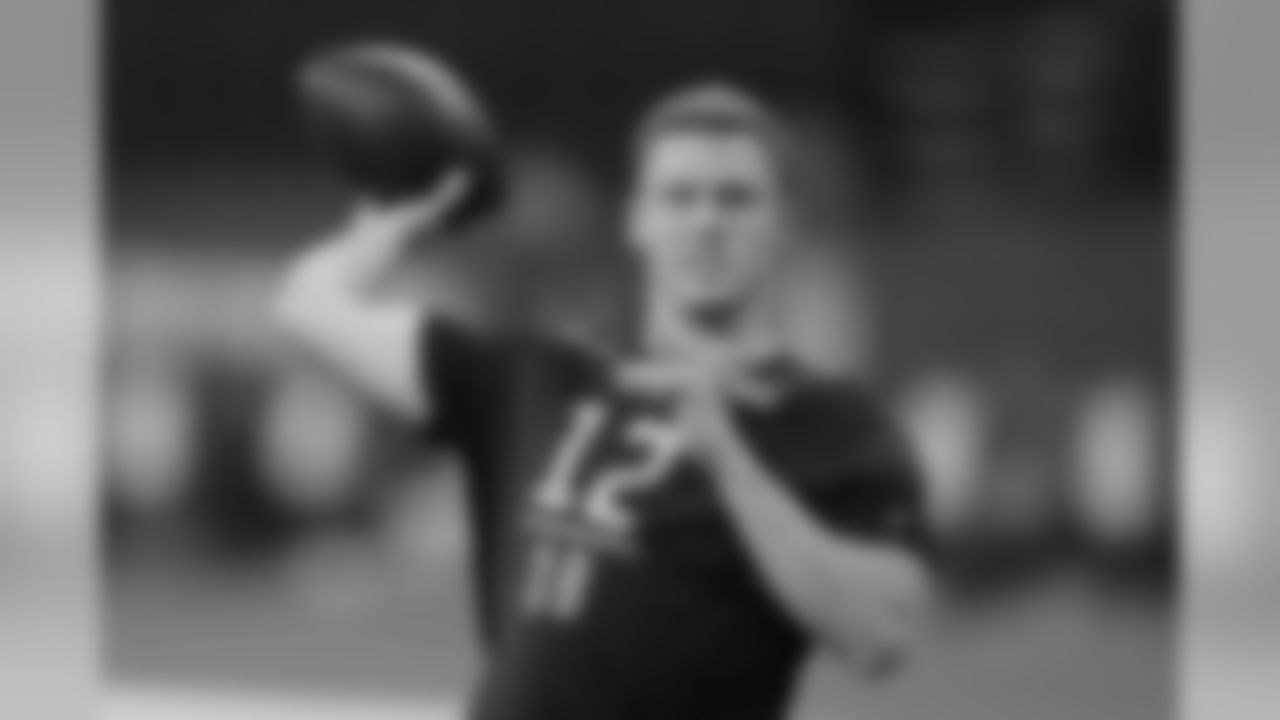
Boise State quarterback Brett Rypien runs a drill at the NFL football scouting combine in Indianapolis, Saturday, March 2, 2019. (AP Photo/Michael Conroy)

Iowa tight end Noah Fant runs the 40-yard dash during the NFL football scouting combine, Saturday, March 2, 2019, in Indianapolis. (AP Photo/Darron Cummings)

Portrait of Missouri quarterback Drew Lock at the NFL football scouting combine, Friday, March 1, 2019, in Indianapolis. (Todd Rosenberg via AP)

Portrait of Missouri quarterback Drew Lock at the NFL football scouting combine, Friday, March 1, 2019, in Indianapolis. (Todd Rosenberg via AP)

Portrait of Missouri quarterback Drew Lock at the NFL football scouting combine, Friday, March 1, 2019, in Indianapolis. (Todd Rosenberg via AP)

Portrait of Iowa tight end Noah Fant at the NFL football scouting combine, Friday, March 1, 2019, in Indianapolis. (Todd Rosenberg via AP)
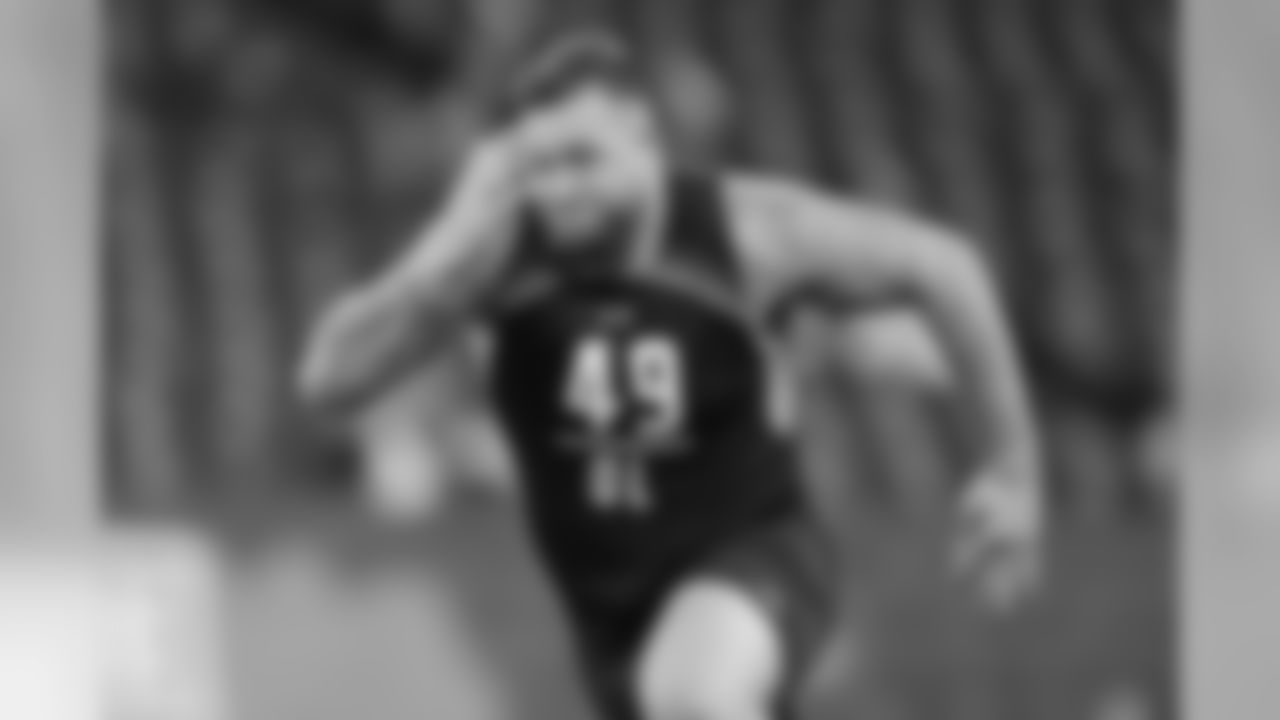
Kansas State offensive lineman Dalton Risner runs a drill at the NFL football scouting combine in Indianapolis, Friday, March 1, 2019. (AP Photo/Michael Conroy)

Kansas State offensive lineman Dalton Risner runs the 40-yard dash during the 2019 Scouting Combine in Indianapolis on Friday, March. 1, 2019. (Perry Knotts via AP)

Kansas State offensive lineman Dalton Risner does he bench press at the NFL football scouting combine in Indianapolis, Thursday, Feb. 28, 2019. (AP Photo/AJ Mast)
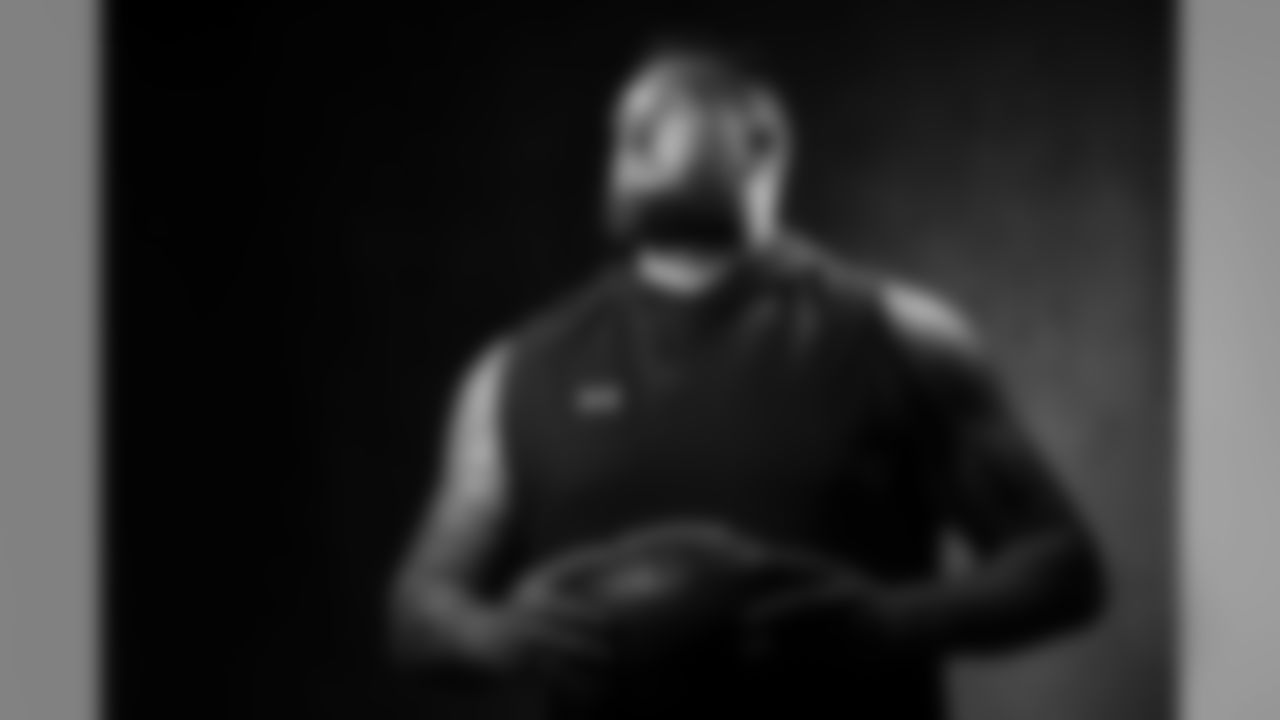
Portrait of Kansas State offensive lineman Dalton Risner at the NFL Combine, Thursday, February 28, 2019, in Indianapolis. (Todd Rosenberg via AP)

Portrait of Kansas State offensive lineman Dalton Risner at the NFL Combine, Thursday, February 28, 2019, in Indianapolis. (Todd Rosenberg via AP)

SMU wide receiver Courtland Sutton runs a drill during the NFL football scouting combine, Saturday, March 3, 2018, in Indianapolis. (AP Photo/Darron Cummings)

Penn State wide receiver Daesean Hamilton runs a drill at the NFL football scouting combine, Saturday, March 3, 2018, in Indianapolis. (AP Photo/Darron Cummings)

SMU wide receiver Courtland Sutton participates in the Broad Jump at the 2018 NFL Scouting Combine on Saturday, March 3, 2018, in Indianapolis. (AP Photo/Gregory Payan)

SMU wide receiver Courtland Sutton runs the 40-yard dash during the 2018 NFL Scouting Combine on Saturday, March 3, 2018 in Indianapolis. (Ben Liebenberg via AP)
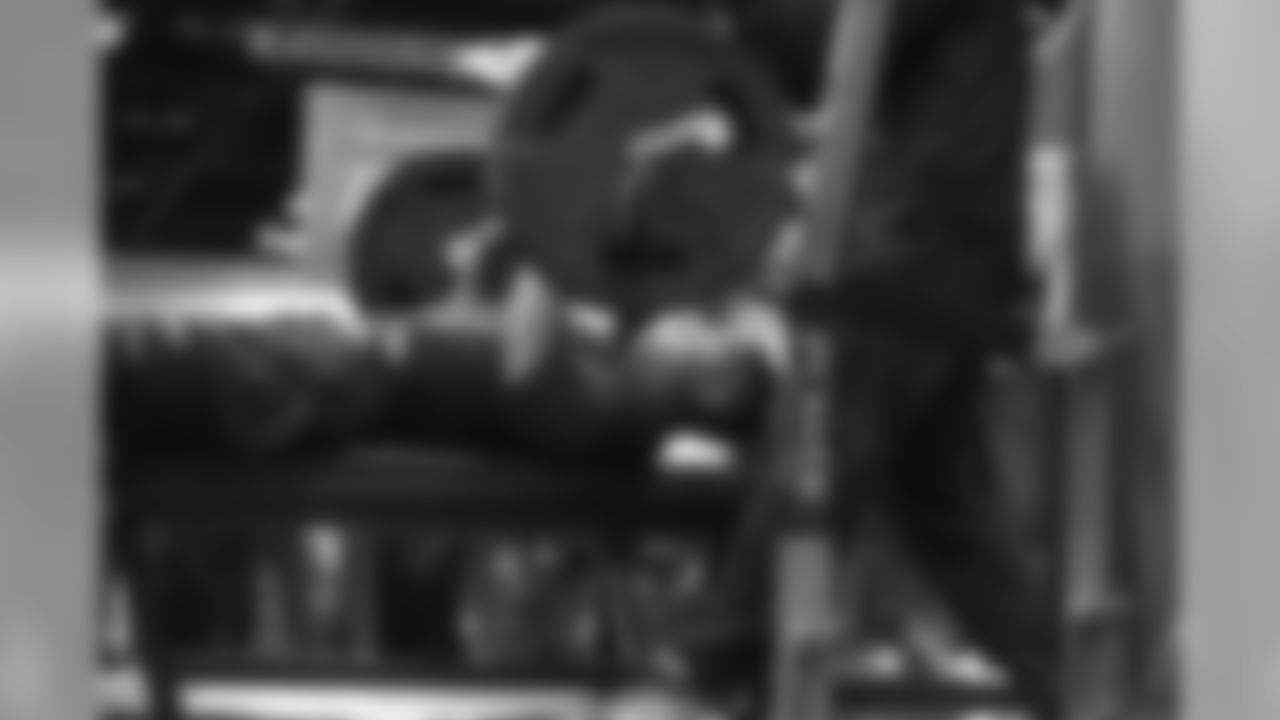
SMU wide receiver Courtland Sutton participates in the Bench Press at the 2018 NFL Scouting Combine on Friday, March 2, 2018, in Indianapolis. (AP Photo/Gregory Payan)

SMU wide receiver Courtland Sutton the NFL scouting Combine, Friday, March 2, 2018, in Indianapolis. (Todd Rosenberg via AP)

Oregon running back Royce Freeman runs during a drill at the NFL football scouting combine on Friday, March 2, 2018 in Indianapolis. (Aaron M. Sprecher via AP)
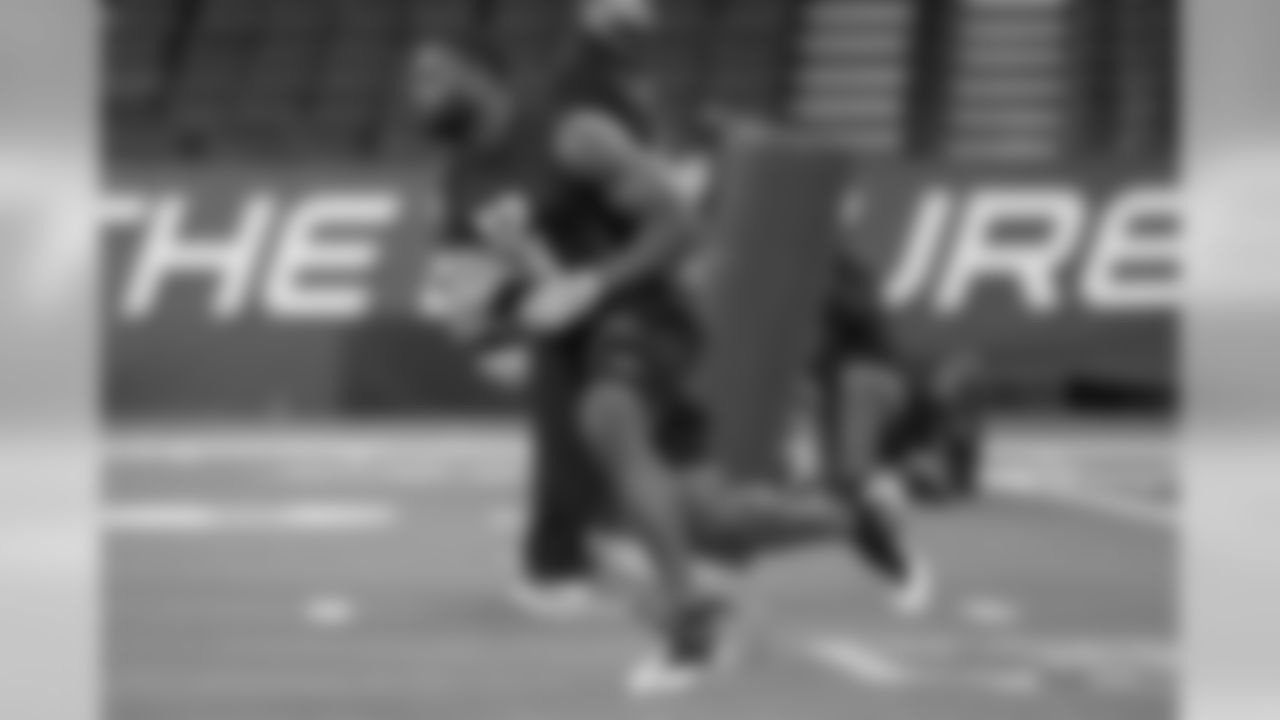
Oregon running back Royce Freeman runs a drill during the 2018 NFL Scouting Combine on Friday, March 2, 2018 in Indianapolis. (Ben Liebenberg via AP)

Penn State wide receiver Daesean Hamilton the NFL scouting Combine, Friday, March 2, 2018, in Indianapolis. (Todd Rosenberg via AP)

Wisconsin tight end Troy Fumagalli the NFL scouting Combine, Friday, March 2, 2018, in Indianapolis. (Todd Rosenberg via AP)

SMU wide receiver Courtland Sutton the NFL scouting Combine, Friday, March 2, 2018, in Indianapolis. (Todd Rosenberg via AP)

North Carolina wide receiver Bug Howard competes in the broad jump at the 2017 NFL football scouting combine Saturday, March 4, 2017, in Indianapolis. (AP Photo/Gregory Payan)

North Carolina wide receiver Bug Howard runs during a drill at the NFL football scouting combine on Saturday, March 4, 2017, in Indianapolis. (Aaron M. Sprecher via AP)

Utah offensive tackle Garett Bolles competes in a drill at the 2017 NFL football scouting combine Friday, March 3, 2017, in Indianapolis. (AP Photo/Gregory Payan)
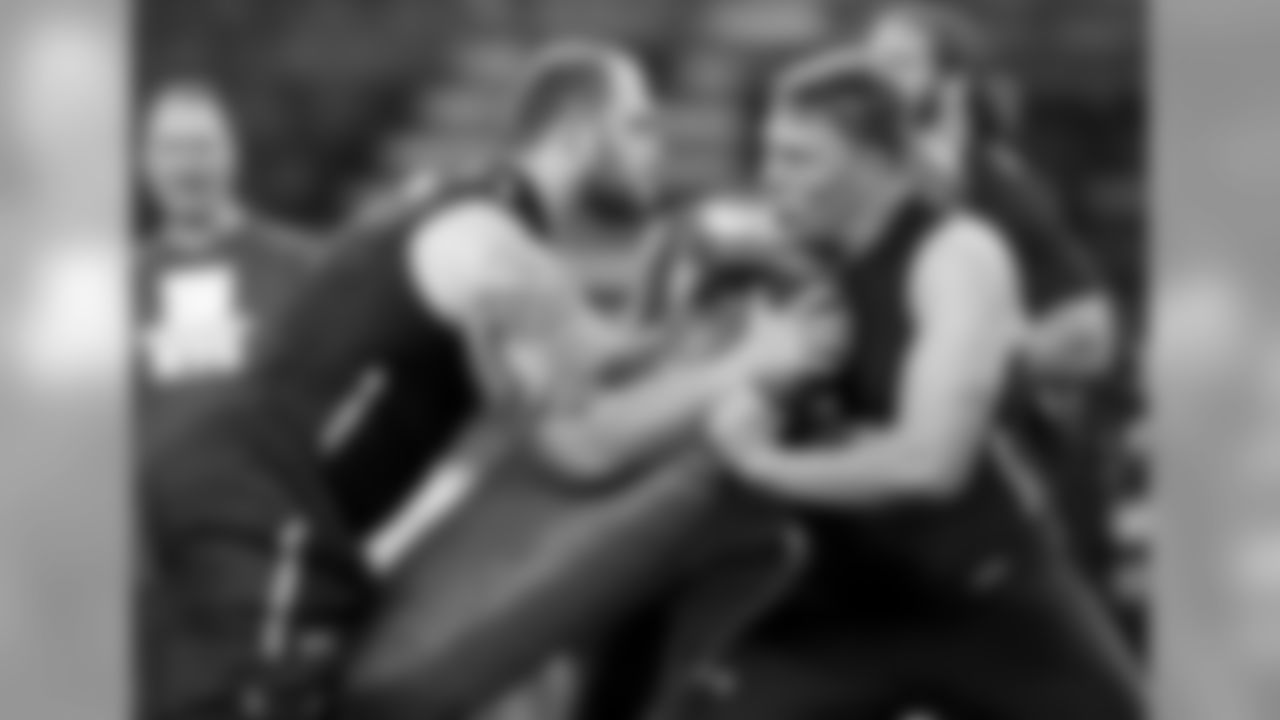
Michigan offensive lineman Ben Braden and Utah offensive lineman Garett Bolles participate in a drill during the 2017 NFL Scouting Combine at Lucas Oil Stadium on Friday, March 3, 2017 in Indianapolis. (Perry Knotts via AP)

Images taken of Michigan tight end Jake Butt during the 2017 NFL Scouting Combine on Friday, March 3, 2017 in Indianapolis, IN. (Todd Rosenberg via AP)

Images taken of Utah offensive tackle Garett Bolles during the 2017 NFL Scouting Combine on Thursday, March 2, 2017 in Indianapolis, IN. (Todd Rosenberg via AP)

Arkansas quarterback Brandon Allen performs a drill at the NFL football scouting combine Saturday, Feb. 27, 2016, in Indianapolis. (AP Photo/Gregory Payan)
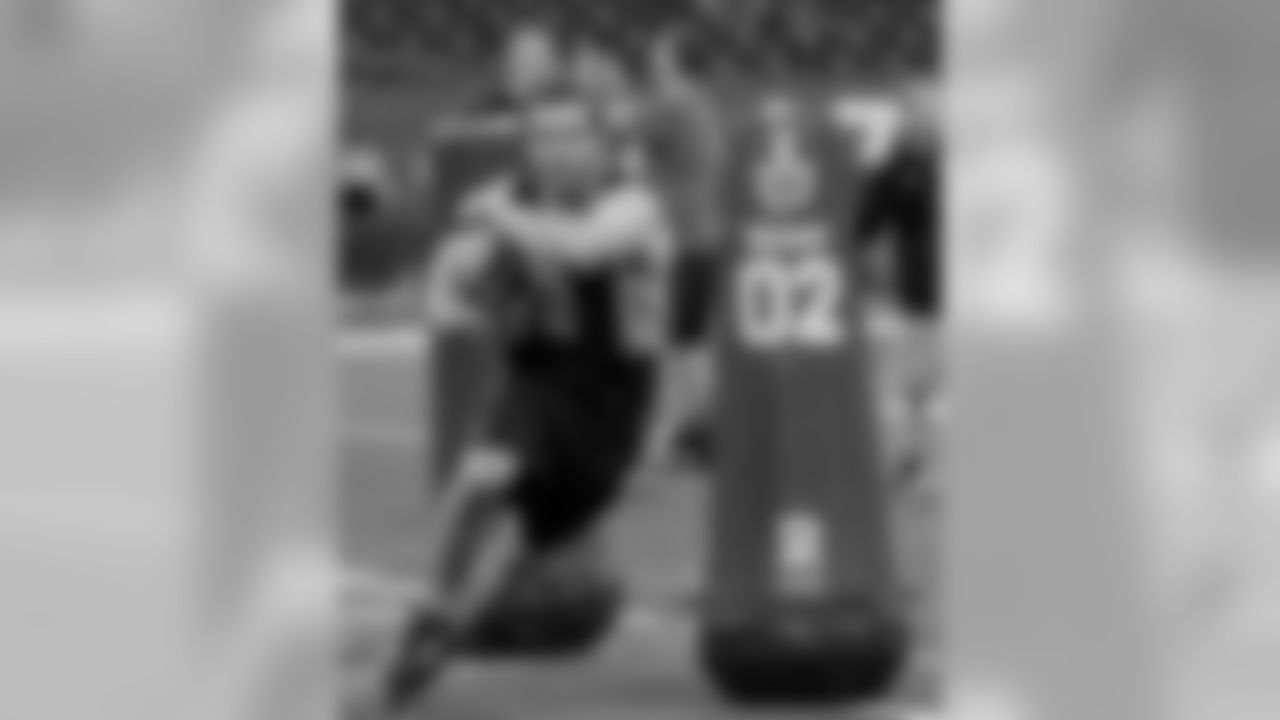
Nebraska running back Andy Janovich runs a drill at the NFL football scouting combine, Friday, Feb. 26, 2016, in Indianapolis. (AP Photo/L.G. Patterson)
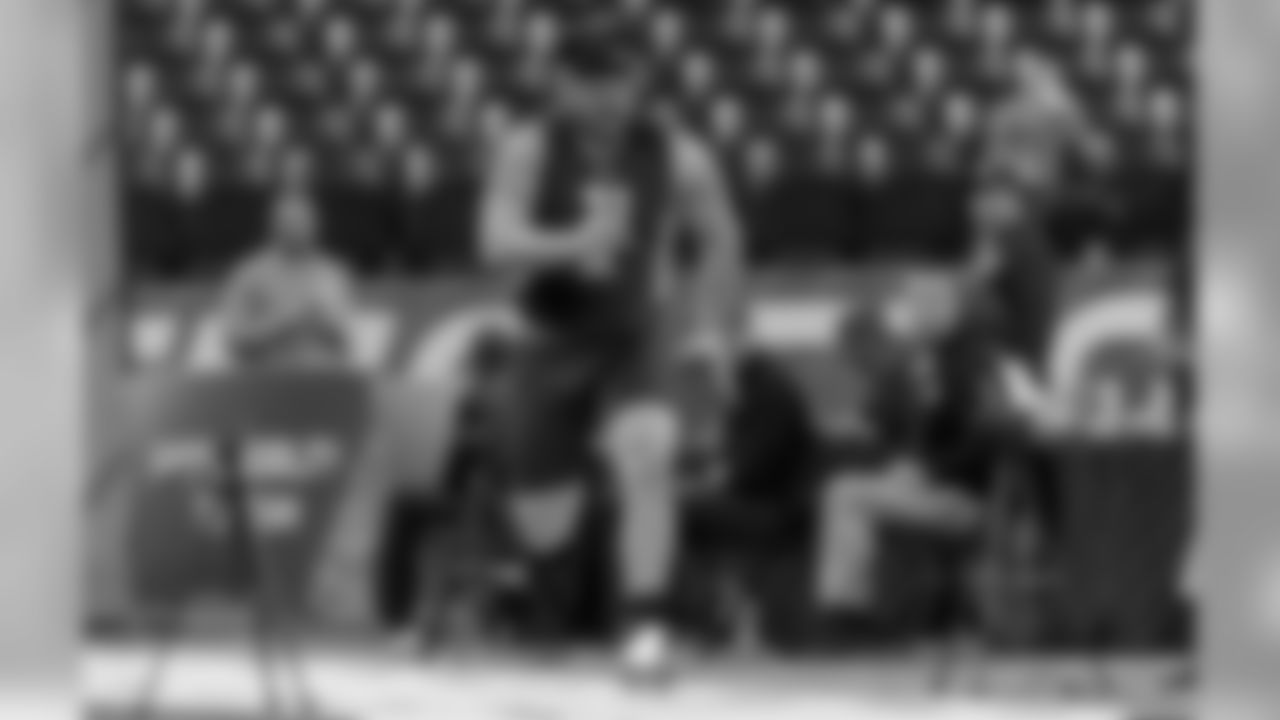
Missouri offensive lineman Connor McGovern runs the 40 yard dash at the NFL football scouting combine, Friday, Feb. 26, 2016, in Indianapolis. (AP Photo/L.G. Patterson)

Nebraska running back Andy Janovich during the 40 yard dash at the NFL football scouting combine Friday, Feb. 26, 2016, in Indianapolis. (AP Photo/Gregory Payan)
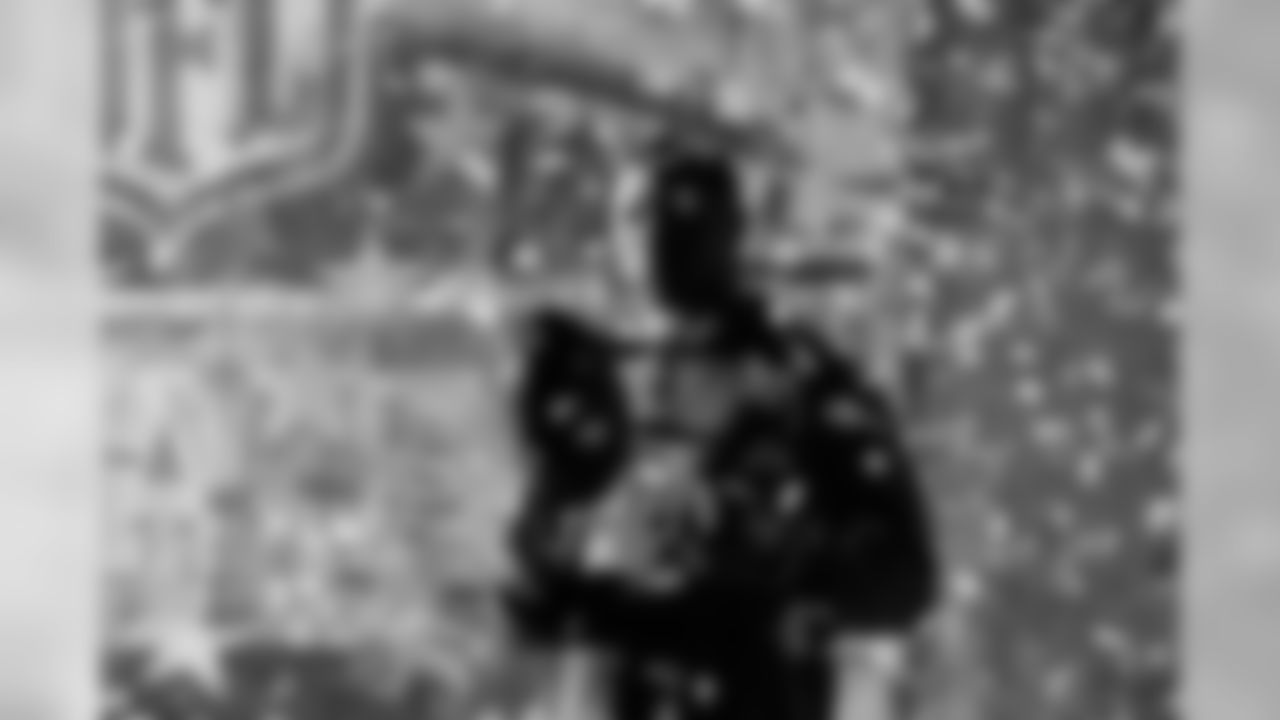
Utah running back Devontae Booker poses for a photo during the 2016 NFL Scouting Combine on Thursday, Feb. 25, 2016 in Indianapolis. (Ben Liebenberg via AP)
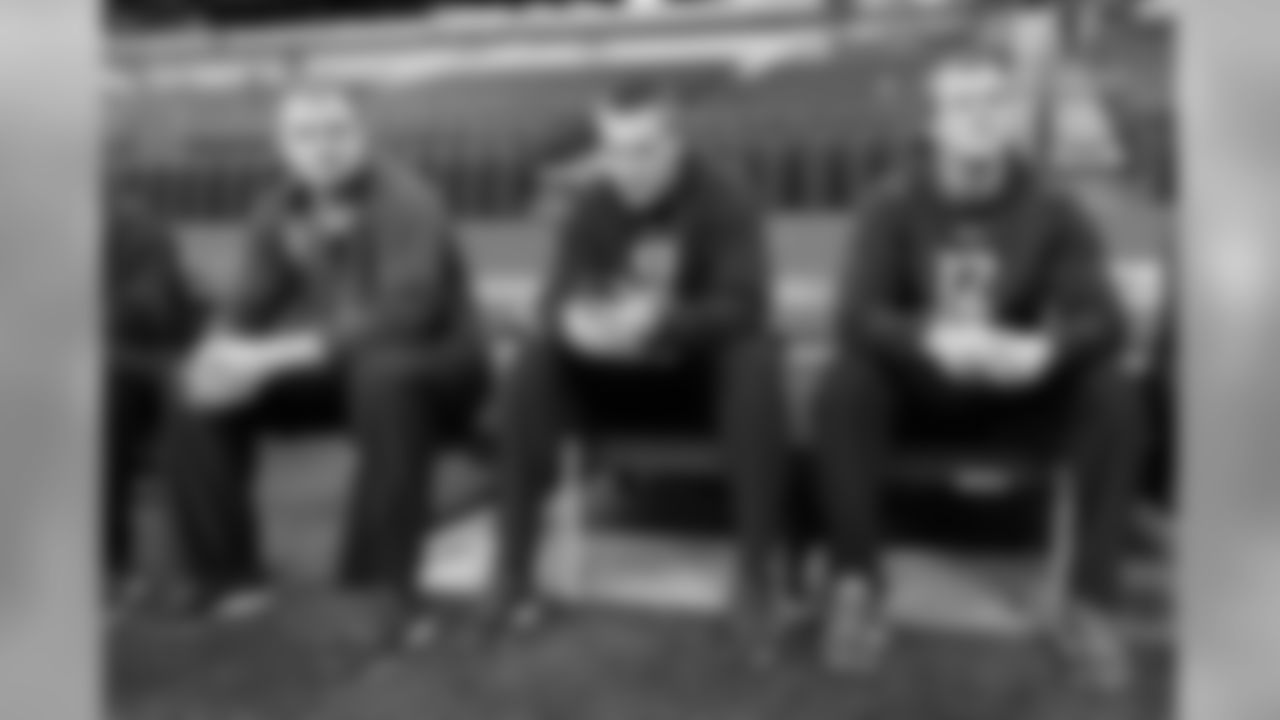
Arkansas tight end A.J. Derby, Ohio State tight end Jeff Heuerman, and Rutgers tight end Tyler Kroft look on during the 2015 NFL Scouting Combine at Lucas Oil Stadium on Friday, February 20, 2015 in Indianapolis, IN. (AP Photo/Johnny Vy)

Tennessee offensive lineman Ja'Wuan James runs a drill at the NFL football scouting combine in Indianapolis, Saturday, Feb. 22, 2014. (AP Photo/Michael Conroy)

Memphis offensive lineman Ronald Leary runs a drill at the NFL football scouting combine in Indianapolis, Saturday, Feb. 25, 2012. (AP Photo/Michael Conroy)

Quarterback Joe Flacco of Delaware runs a drill at the NFL Combine in Indianapolis, Sunday, Feb. 24, 2008. (AP Photo/Michael Conroy)















